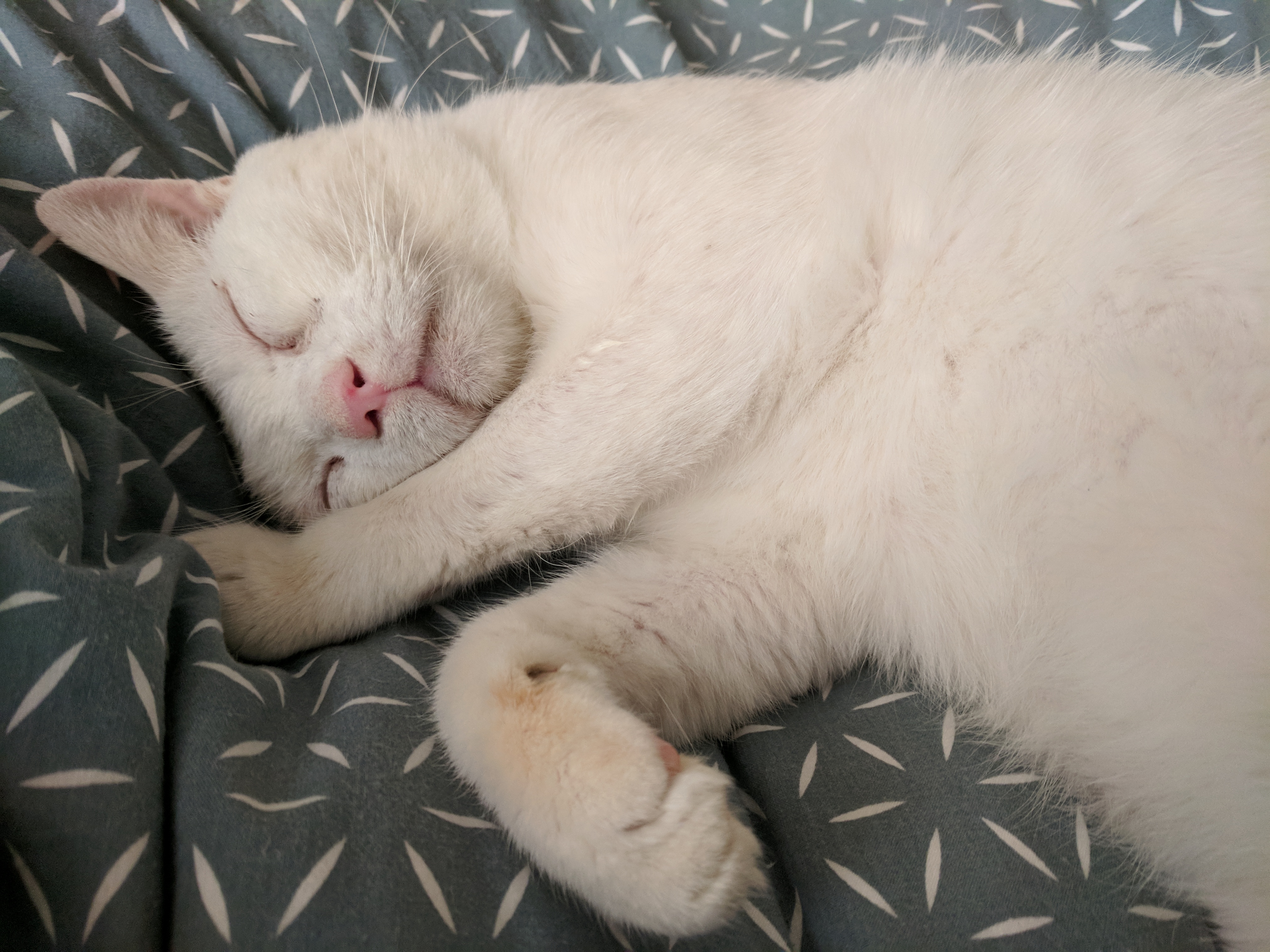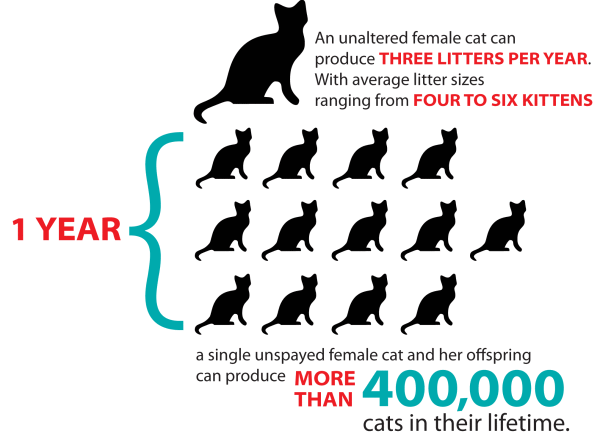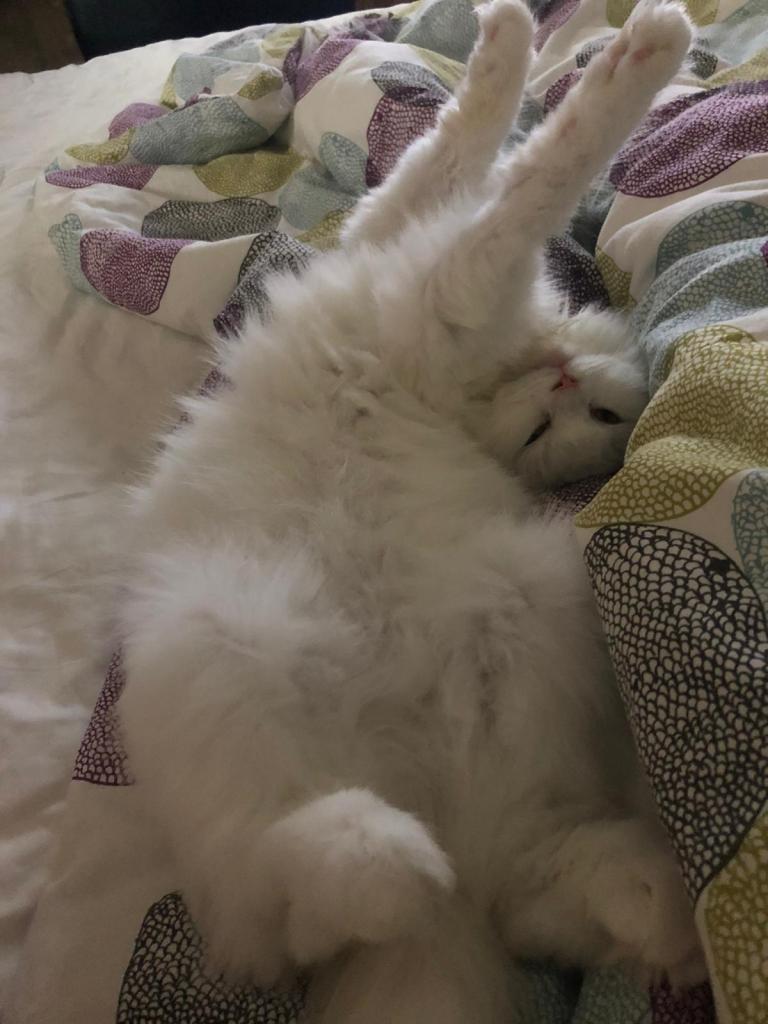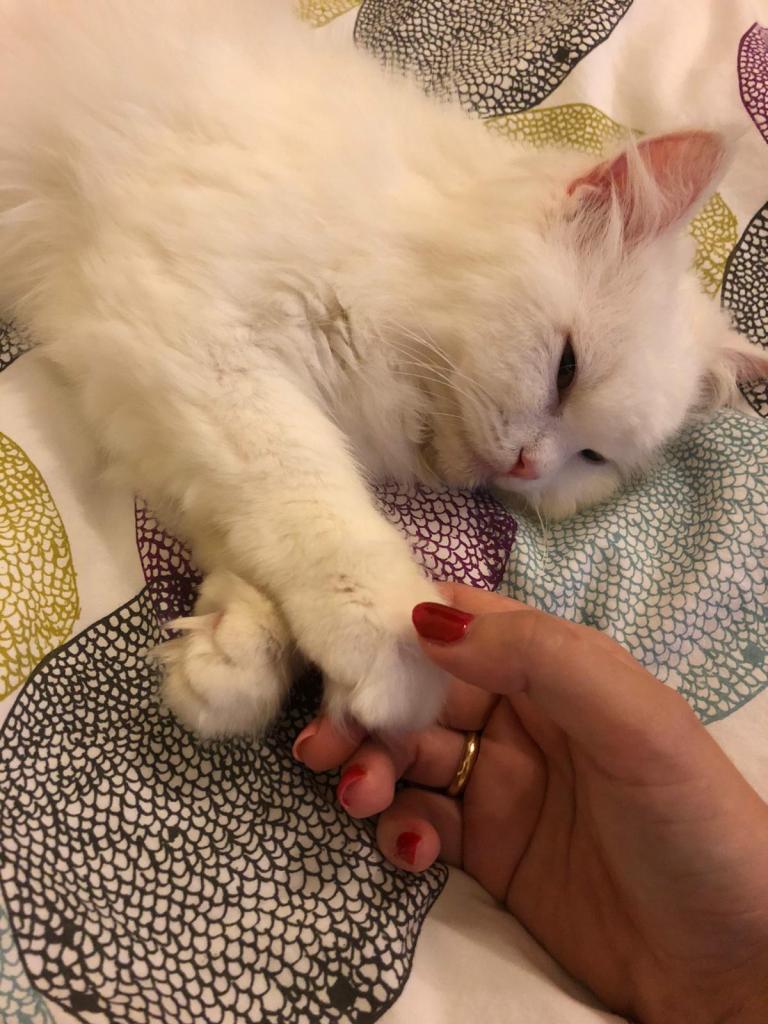I recall an episode of Friends from many years ago, where two of the main characters, Joey and Phoebe, argue that a true "Selfless Act" does not exist, that the person doing the good deed will always get something out of it. This may only be the feeling of satisfaction or warmth for having done a good thing for someone else but they are still getting something out of it.
Why was I reminded of this? Because my husband and I have taken our first few turns at feeding a managed cat colony in Doha!
I was a little anxious to volunteer in this capacity at first as we are both suckers for cats in need (this is how we have ended up with 16 cats in our home!) but following the first orientation trip to the feeding stations I felt a little more comfortable with the idea. After our first trip there unsupervised, we definitely came home with a warm, fuzzy feeling! Seeing the cats come running when we reached the feeding station, some cats grateful for the food, others more for the human interaction, was really wonderful. Then after only a few trips to the colony, we were already getting familiar with the little fuzzy faces that come crashing through the bushes as you shake the food container, or hauling ass across the waste ground to meet the car, so blatantly thrilled that we are there to see them.
It didn't take long to form a few favourites! The one that knocks the food from your hand as you try to fill the bowls, the other keeping a watchful eye (lovely One-Eyed Jack!) on you as you clean the water bowls, snatching up mouthfuls of food between glances. Andy with his croaky meow and waddly walk.
You head home from the colony knowing these cats will be safe, sleeping with full bellies and not venturing into dangerous areas looking for something to eat. You head home with a big smile on your face and a real sense of satisfaction. You head home knowing that this was not a selfless act.
Managed Colonies
Managed Colony (Definition) - A 'managed colony' is taken care of by humans who supply food and water to the cats, provide shelters and veterinary care, implement trap-neuter-return programs, find foster homes for cats that can be socialized for eventual adoption, and educate people in the neighborhood.[8][47]
The first and most important step in managing a colony is to spay and neuter the cats (Trap, Neuter, Return (TNR) - making sure they get their ears tipped to show they have been fixed). Starting early with a TNR programme is the best way, it is much easier to fix 5 or 6 cats than 50! This will lead to fewer mouths to feed in the long run. Female cats are the first goal, this helps to halt the population growth of the colony. Then move onto the males.
It is important to note that cats that are fed without being TNR'd reproduce at an even higher rate than they would without human support, so spaying and neutering is the key step in setting up a managed colony.
Next, feeding stations and schedules are implemented. For TNR Qatar, if there is more than one volunteer for any given colony then a rota is put in place to ensure the cats are fed at least every other day. This may seem infrequent but it is important to ensure the cats are not fully dependent on humans and don't lose their hunting and foraging skills. Unfortunately, some of TNR Qatar's colonies have only one volunteer so the cats may not get fed quite as often as others.
Then it is onto the monitoring phase. The cats are watched to ensure they are healthy and eating properly. A close eye is kept out for any additions to the colony. Any newcomers must be TNR'd as soon as possible or the colony management goes out the window - a new face in the colony can quickly destabilise the population by mating and producing more kittens!
There are generally three types of additions to a colony:
Stragglers
- Other cats may wander in from another area, although cats are very territorial and may not allow strangers into their inner circle
Kittens
- If the TNR programme was not successfully completed new kittens may be born, which sets back the TNR programme by at least 4 months while the kittens mature enough to be fixed. The mother will be fixed once the kittens are weaned
Dumped Pets
- The most heart-breaking of all is to see a former family pet abandoned to a colony. Dumped pets struggle in a colony as they are used to being cared for in a home, they don't have the survival instincts necessary to forage or hunt. They are often long-haired cats and cannot survive in the heat of Qatar. They stand out from the community cats as they look lost, perplexed and depressed.
If you are out and about in Doha and you see cats in the street, you would know ones that are part of a managed colony and those who aren't. An ear tip is the first tell-tale sign (a notch taken off the top of one of the cat's ears showing the cat has been sterilised). Secondly, they often look like pets! Managed colony cats are healthier looking, often with shiny, clean coats and rounder bellies. They are not struggling to feed the many mouths of their kittens, nor fighting for territory with other males. They don't spend their lives constantly searching or begging for food, meaning longer, healthier and happier lives for the community cats.
The change can be drastic and very rewarding for the humans who help to make it happen.
Volunteer
If you are interested in volunteering, please check out the Volunteer information on our website or drop us a message on our Facebook page.
TNR Qatar is exclusively run by volunteers and funds are always an issue. Help us to help them and consider a donation to GoFundMe page.
Self-satisfaction feeling guaranteed!











